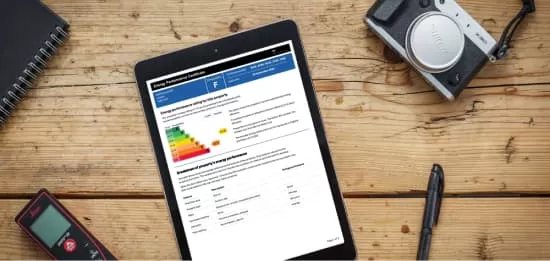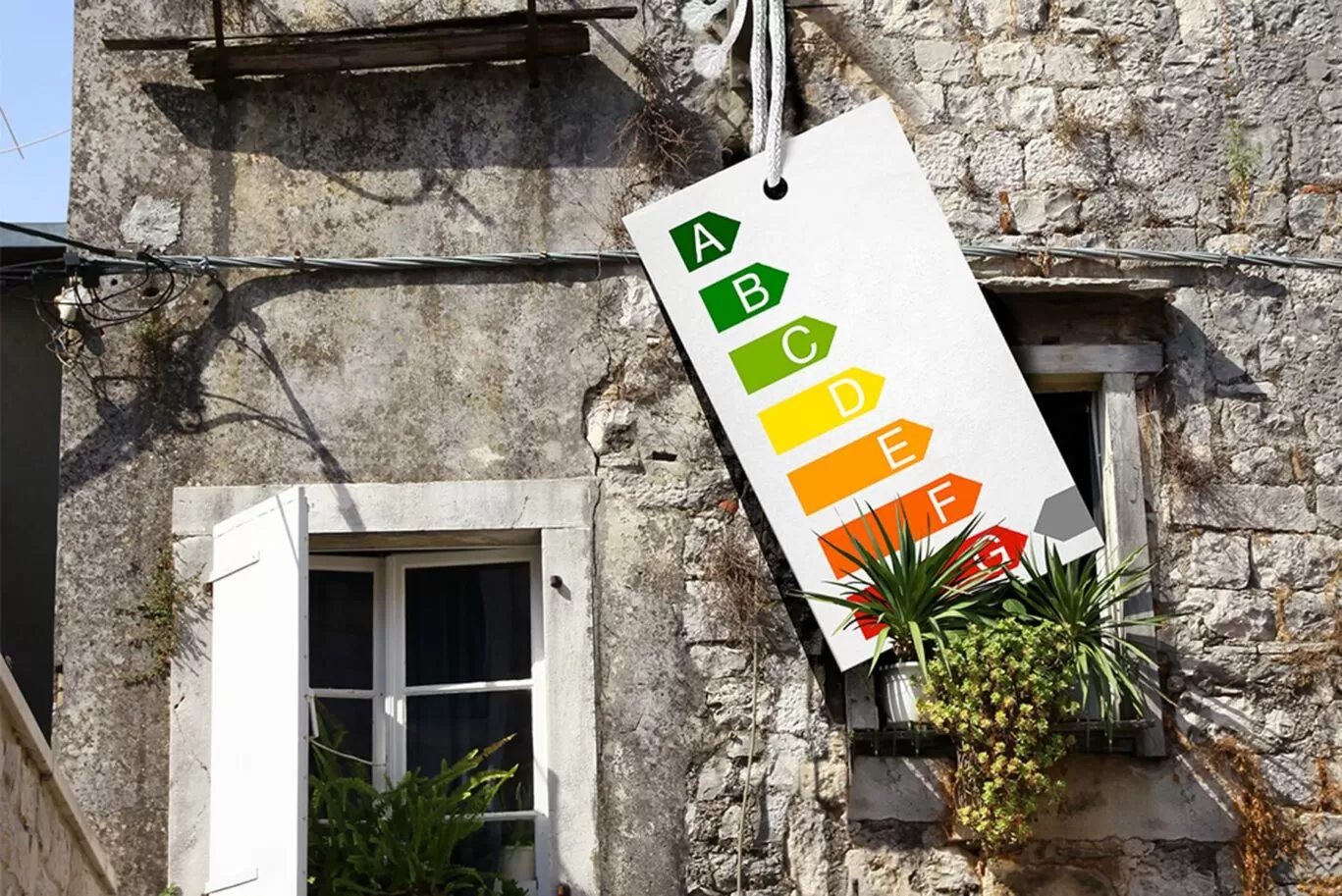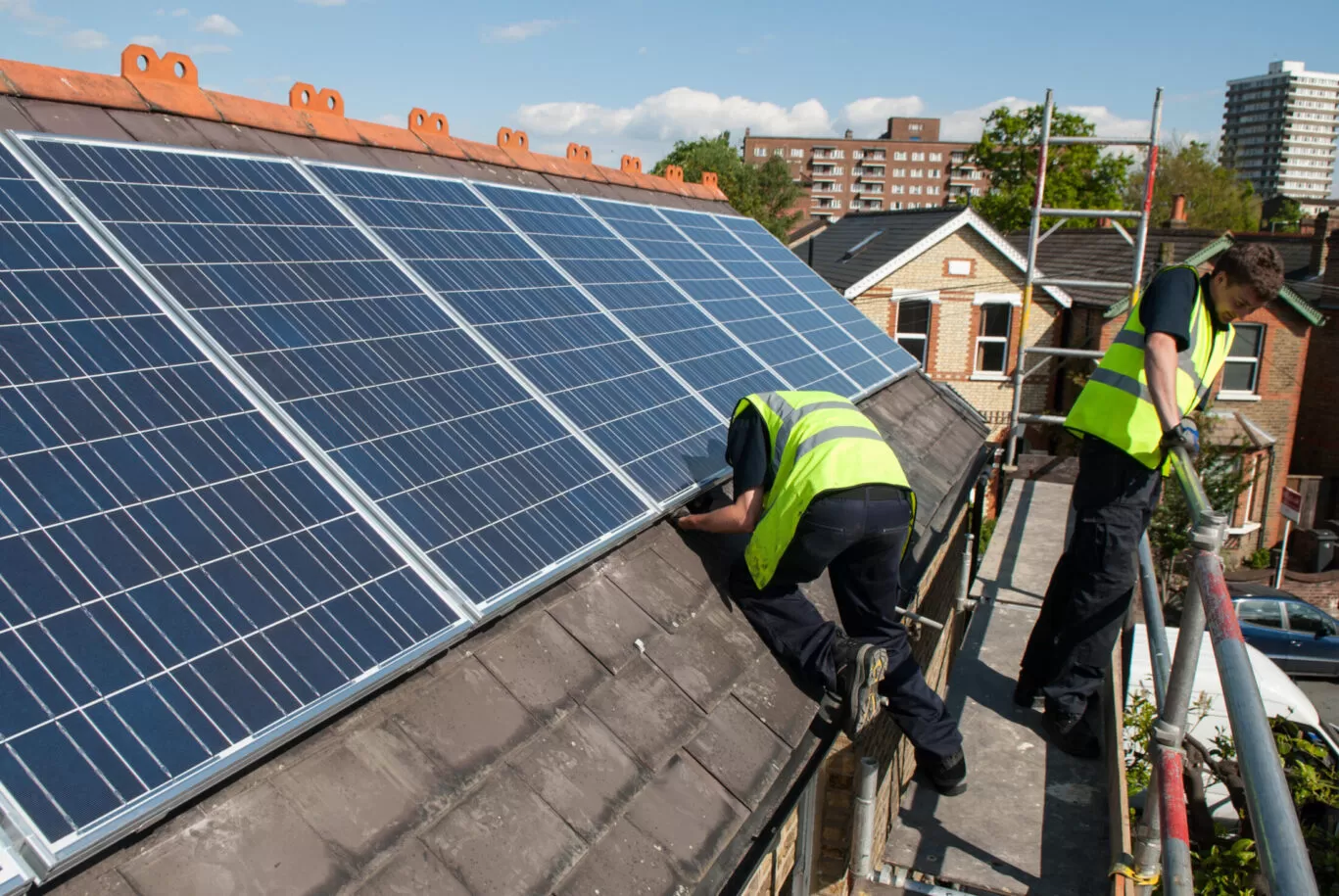District Heating
What are Heat Networks?
Heat Networks are systems which consist of insulated pipes transporting heat from one central source to several separate properties. This original central heat source can be a heat generator specifically installed to heat these properties through this system, or it may harness heat from existing surrounding infrastructure.
Why do they matter?
Heat Networks are going to play a key role in the UK’s journey to achieving net zero by 2050. They provide an exceptionally cost-effective way to reduce carbon-emissions, allowing some renewable and recovered heat sources to be used which would otherwise go to waste. The CCC estimates that approximately 18% of the UK’s heat will need to come from Heat Networks by 2050 if the current carbon targets are to be met. These systems only become more efficient as they expand and connect with each other. Therefore, the more development which is funded in this sector, the more beneficial this technology will prove to be.
Investment in Heat Networks
Heat Networks are receiving attention and due support from many groups and organisations in recent times. For example, the Heat Networks Delivery Unit (HNDU) has been established to offer specialised advice and funding working along with local authorities, and the Heat Networks Investment Project (HNIP) is providing £320 million in support of the expansion of the Heat Network sector. Though it is not only organisations such as this which can get involved in investment.
The government has released a full list of investors in response to uncertainty about which organisations are considering investment in the heat network sector. This list contains the names of the investors, along with a 1-2 page summary of how they intend to invest. You can access this list here. They have provided an email (HDNU@beis.gov.uk) where investors can go to to get involved themselves. Those looking to find financing options for a Heat Network project (private or public) can also contact this email to explore some investment options.
Impact on EPC results
The SBEM & DSM methodologies used for producing non-domestic EPCs alongside the domestic SAP & RdSAP methodologies all favour the implementation of district heating/cooling systems also referred to as community heating systems in domestic buildings. Having a good working knowledge of these software platforms could help you make wise decisions when designing buildings or retrofitting. Have you considered training in the following roles:



















